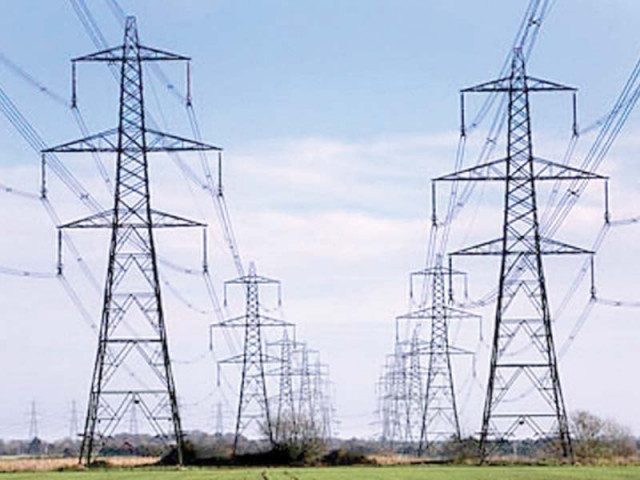
“The annual growth rate of electricity demand between 2013 and 2020 would be about 7.8%, which would push the overall power demand to 27,840MW by 2017 and 31,900MW by 2020,” said the energy expert group in a report based on the statistics provided by the Ministry of Water.
They further added that the demand growth would eventually swell the shortfall to 9,208MW and 10,844MW, respectively.
Read: Ending energy crisis: Solar plant to start producing 300MW by year’s end, says CM
“The peak shortfall the Pakistan power system has faced in 2015 was 7,712MW and the total installed capacity currently stands at 25,552MW. In 2017 and 2020, the total installed capacity is likely to reach 26,531MW and 29,131MW respectively,” said the report.
It further added that though the current government was organising ground-breaking ceremonies to kick-off work on different hydel, coal, solar and LNG-based power plants; their capability to generate electricity would not be more than 52%.
“The maximum capability of power plants in Pakistan in not more than 52%,” noted a former official of the Pakistan Electric Power Company while talking with The Express Tribune.
“For instance, if the government manages to complete major power projects by the year 2020, thereby adding 10,000MW, they would actually produce a maximum of 5200MW of electricity owing to technical reasons,” he added.
Read: ‘CPEC to bring prosperity’
He further said that the actual shortfall was much more than what the Ministry of Water and Power declared, and the growth rate of demand was between 10-12%.
“Each year, almost 0.7 to 0.8 million new electricity consumers are added to the system along with almost 0.5 million air conditioners that add 1000MW to the system.”
The experts said Pakistan had to invest heavily on its transmission system as the current system is in a dilapidated condition.
Read: Iran agrees to consider being part of CPEC
Even if the current government manages to add the required amount of electricity to the national grid, it will be nearly impossible for them to transmit it.
Published in The Express Tribune, October 17th, 2015.
Like Business on Facebook, follow @TribuneBiz on Twitter to stay informed and join in the conversation.

















COMMENTS
Comments are moderated and generally will be posted if they are on-topic and not abusive.
For more information, please see our Comments FAQ